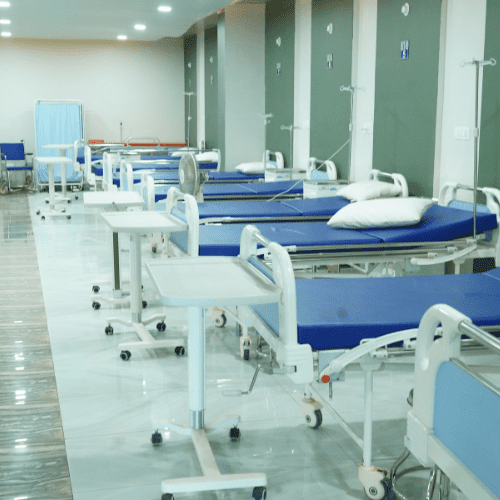The advent of telemedicine has transformed the landscape of healthcare, making it more accessible and efficient for patients. Among the wide array of specialties benefitting from this technological shift, hair restoration stands out as an increasingly relevant field. Telemedicine enables individuals to consult with experts from the comfort of their homes, breaking down barriers related to geography and availability. This article serves as a comprehensive examination of telemedicine’s role in hair restoration, analyzing both its advantages and challenges, as well as the innovative technologies that support this modern healthcare frontier.
Exploring the Efficacy of Telemedicine in Hair Restoration: A Comprehensive Overview of Remote Consultation Benefits and Challenges
The integration of telemedicine into hair restoration practices has significantly improved access for patients seeking solutions for hair loss and related issues. One of the most notable benefits is the increased accessibility to specialized professionals. Patients no longer need to travel long distances to consult with experts; instead, they can engage in remote consultations from the comfort of their own homes. This is particularly advantageous for individuals living in rural areas or regions with limited access to dermatologists and hair restoration specialists.
Furthermore, telemedicine reduces wait times for consultations, enabling patients to receive timely advice and treatment recommendations. Traditional in-person visits often come with long waiting periods, but with virtual consultations, patients can schedule appointments at their convenience, leading to quicker diagnoses and the initiation of treatment plans. This rapid response is crucial for hair loss interventions, where early action can significantly enhance treatment outcomes.
However, despite its advantages, telemedicine in hair restoration is not without its challenges. One significant concern is the accuracy of remote diagnoses, as healthcare providers may not have access to the same physical examination tools as in-office visits. Conditions affecting hair health can be multifaceted and require careful evaluation, making it challenging for providers to make definitive diagnoses based solely on visual assessments during virtual consultations. Additionally, ongoing treatment monitoring can be complicated, requiring patients to communicate changes in their condition and adhere to prescribed plans without consistent face-to-face follow-ups.
Innovative Technologies Supporting Telemedicine for Hair Health: Advancements in Diagnosis, Treatment, and Patient Engagement
The evolution of telemedicine in hair restoration has been significantly bolstered by innovative technologies that enhance both diagnosis and treatment. Mobile applications and telehealth platforms are at the forefront of this revolution, providing tools that allow for seamless virtual consultations. These platforms enable patients to share high-quality images of their hair and scalp with specialists, facilitating more accurate assessments based on visual data. Additionally, many platforms now offer integrated reporting features that allow healthcare providers to track changes over time, thus enhancing the overall diagnostic process.
Artificial Intelligence (AI) is also playing a critical role in advancing the efficacy of telemedicine for hair health. AI-driven diagnostic systems can analyze patient-provided images to detect patterns and make preliminary assessments, giving healthcare providers valuable insights even before the consultation begins. These technologies not only streamline the diagnostic process but also empower patients by providing them with information about their conditions, which can be discussed in real time during virtual consultations. By incorporating AI, the quality of care patients receive through telemedicine is significantly enhanced.
Moreover, patient engagement is paramount in the telemedicine model, particularly in the context of hair restoration. Innovative technologies foster ongoing communication between patients and their healthcare providers, encouraging patients to take a more active role in managing their hair health. Features such as reminders for treatment adherence, educational content on hair care, and interactive forums for patient support contribute to a more collaborative healthcare experience. This heightened engagement not only improves patient satisfaction but also leads to better adherence to treatment plans and, ultimately, improved outcomes in hair restoration.
In conclusion, telemedicine represents a transformative approach to hair restoration, offering numerous benefits that enhance patient access and engagement while addressing hair-related concerns. With advancements in technology facilitating remote consultations, patients can receive timely and effective care without the constraints of geographical barriers. However, as we embrace this new frontier, it is essential to remain cognizant of the challenges that accompany it, particularly in ensuring diagnostic accuracy and effective treatment monitoring. By continuing to innovate and adapt, the field of telemedicine for hair health holds great promise for the future, paving the way for improved patient experiences and outcomes in hair restoration.




